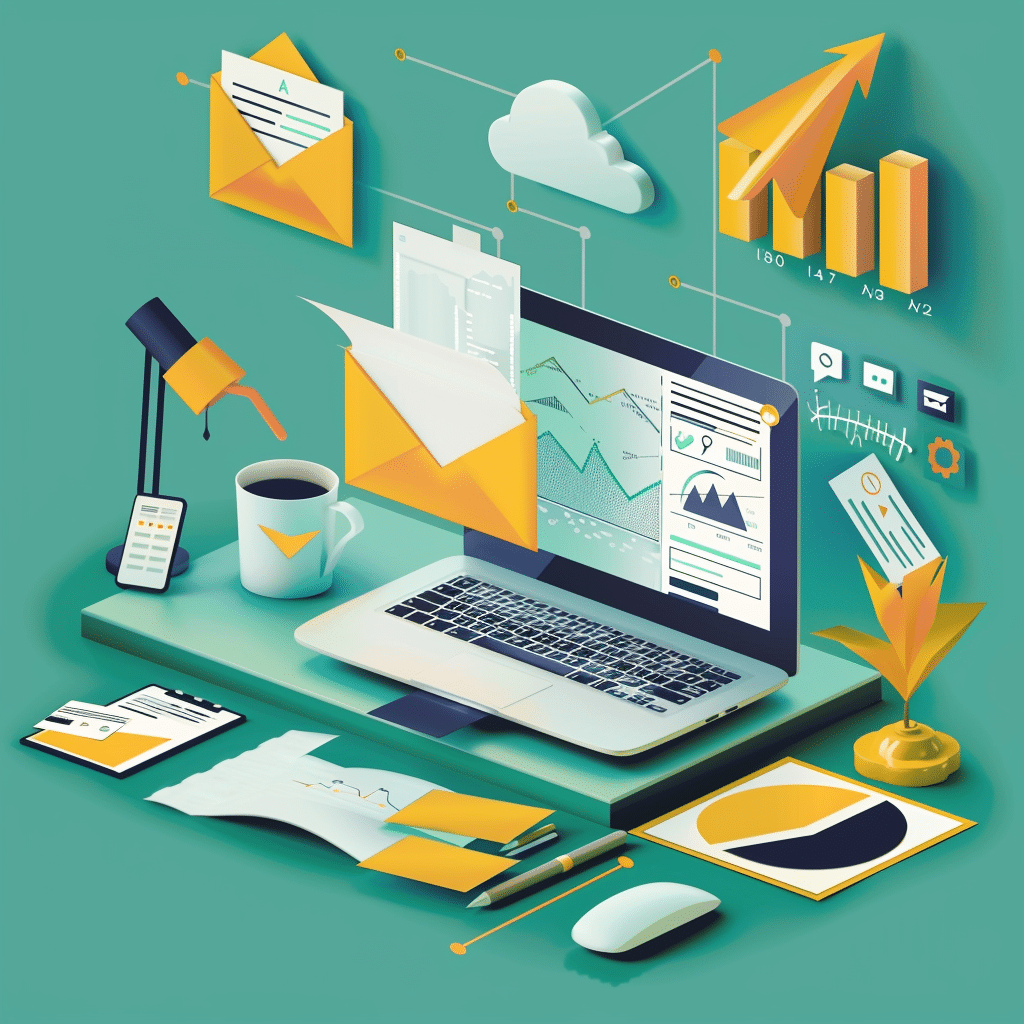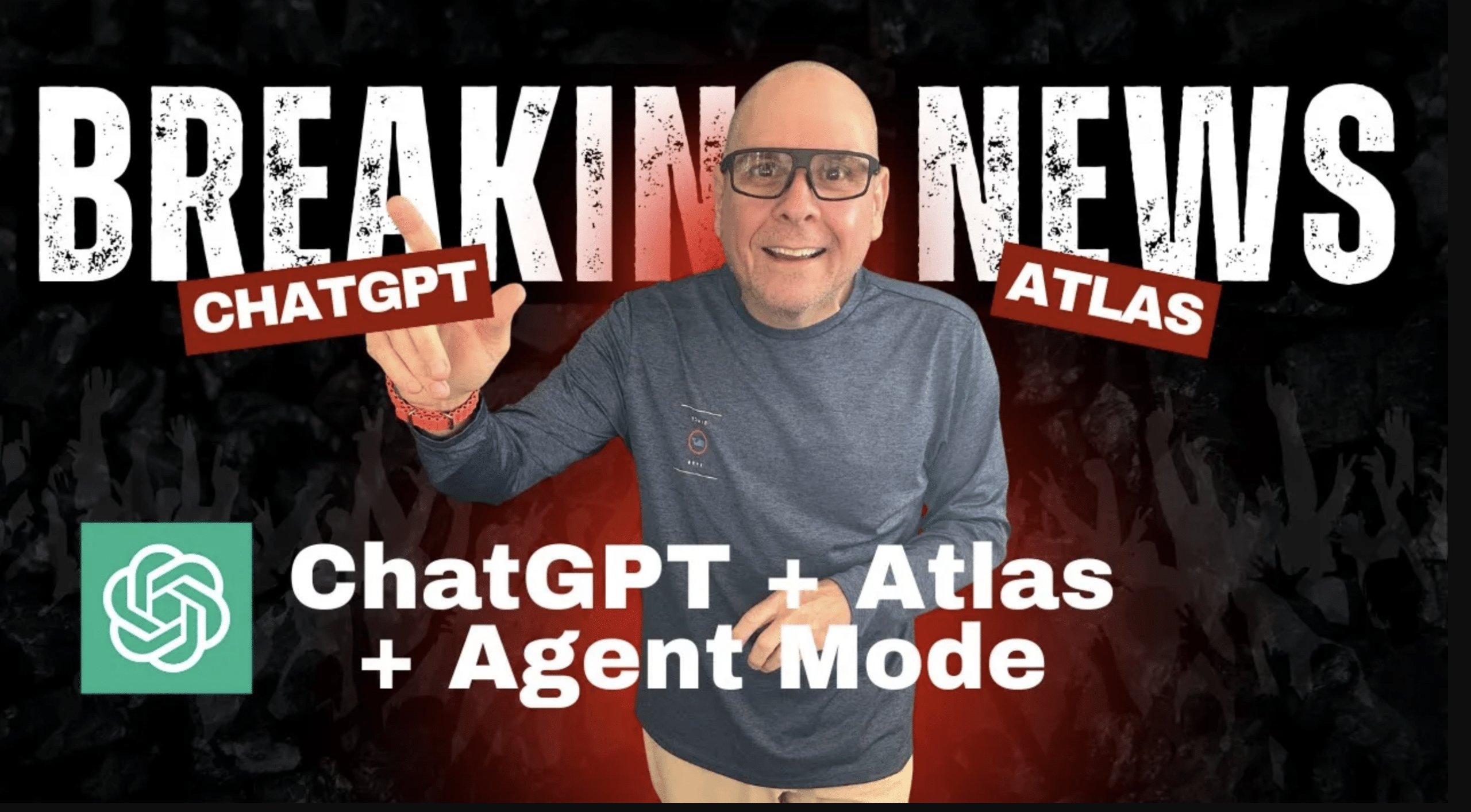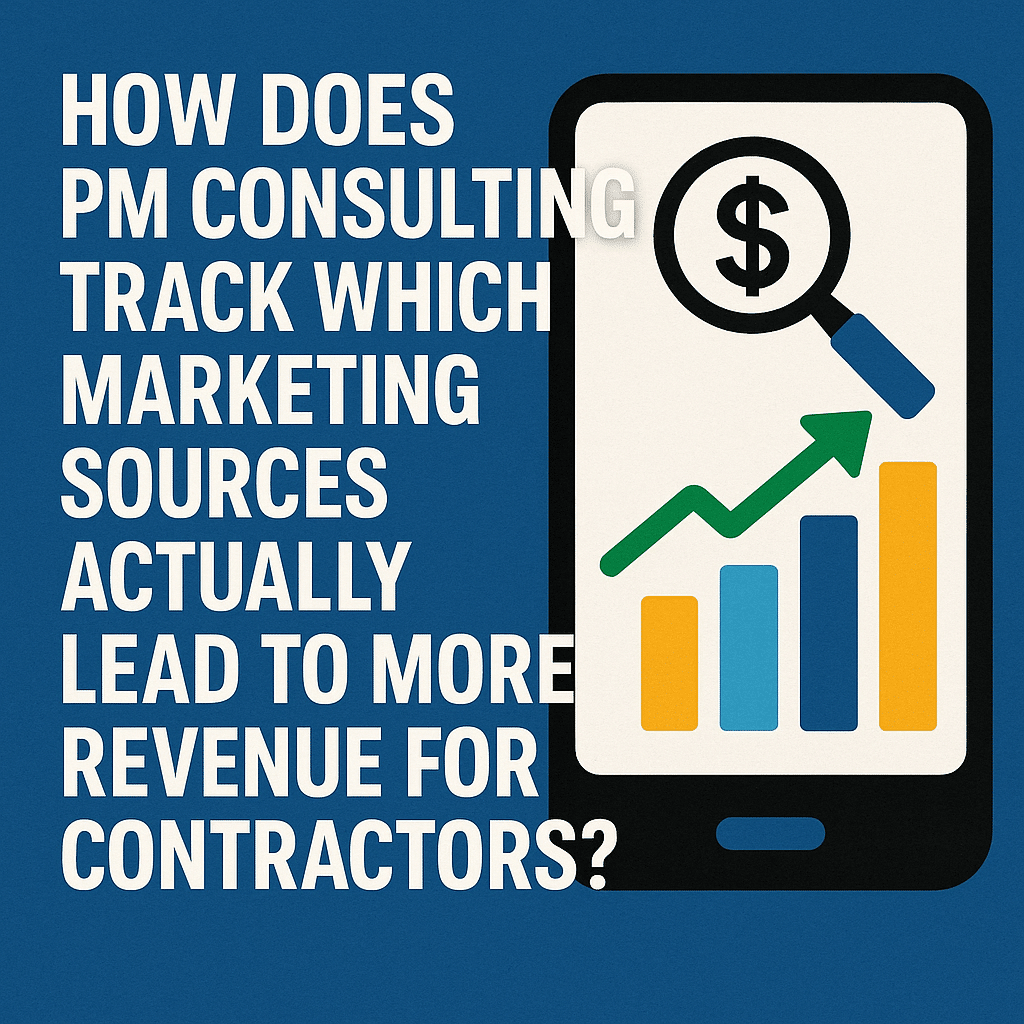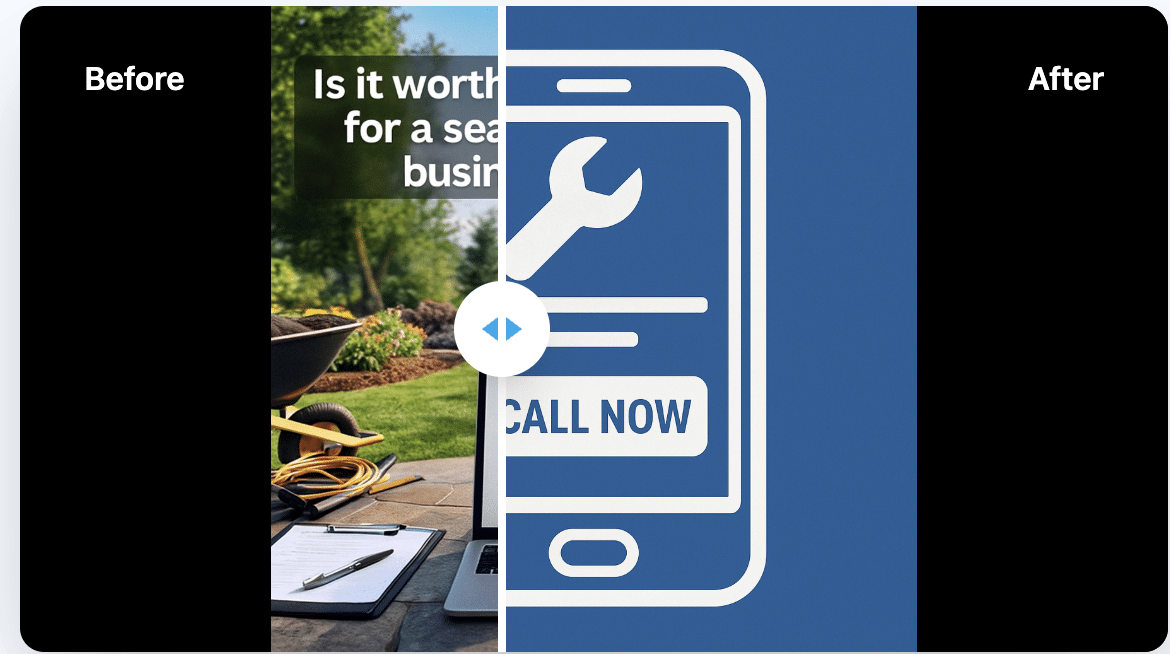Effective Email Marketing Campaigns for North Bay Businesses by PM Consulting
Boost Your Local Outreach
Effective email marketing campaigns can transform the way North Bay businesses communicate and grow. As a local marketing agency with a deep understanding of the community, PM Consulting specializes in tailoring email strategies that resonate with local audiences and drive substantial results. Our expertise in crafting targeted email campaigns ensures that businesses not only reach their audience but also engage them meaningfully.
At PM Consulting, we know the unique challenges North Bay businesses face. By leveraging advanced techniques such as segmentation, personalized content, and strategic timing, we help our clients achieve higher open rates, increased conversions, and sustained customer loyalty. Whether it’s promoting a new product, re-engaging past customers, or boosting website traffic, our customized email solutions are designed to meet your specific needs and objectives.
Using real-world examples and proven strategies, we’ll show how effective email marketing can become a cornerstone of your digital marketing efforts. From creating compelling subject lines to using analytics to refine your approach, we provide the tools and insights you need to succeed in North Bay’s competitive market. Let’s explore how an optimized email campaign can elevate your business’s performance and build lasting connections with your customers.
Understanding the Essentials of Email Marketing
Email marketing is a crucial tool for engaging with customers, promoting services, and driving business growth. Let’s discuss the core concept, its benefits for North Bay businesses, and the essential elements that make a campaign effective.
The Concept of Email Marketing

Email marketing allows us to communicate directly with our audience through their inbox. This form of marketing involves sending targeted messages to a group of subscribers with the goal of building relationships, promoting products, and encouraging customer loyalty.
It’s an effective way to share news, updates, and offers, keeping our brand top of mind. By segmenting our email lists based on customer behavior and preferences, we can deliver personalized content that resonates with our audience.
Advantages of Email Marketing for North Bay Businesses
For North Bay businesses, email marketing offers various advantages. It provides a cost-effective way to reach a large audience with minimal overhead. Unlike traditional mail, email marketing is instantaneous and can be tracked in real-time.
This allows us to measure customer engagement and adjust our strategies accordingly. Additionally, local businesses can leverage email marketing to drive foot traffic by promoting in-store events and special offers. By staying connected with our customers, we can foster loyalty and increase repeat business.
Key Components of a Successful Campaign
A successful email marketing campaign hinges on several key components. First and foremost, it’s essential to have a clean, up-to-date email list. This ensures that our messages reach the right audience. Crafting compelling subject lines is critical, as they determine whether recipients will open the email.
The content of our emails should be relevant, engaging, and provide value to the reader. Subscription forms should be optimized to gather necessary data without being intrusive. Regularly analyzing metrics like open rates, click-through rates, and conversions allows us to refine our approach for better results. It’s also essential to comply with email regulations to maintain our credibility and avoid penalties.
Developing Your Email Marketing Strategy
In our approach to email marketing, we prioritize setting clear goals, understanding our audience, and maintaining a consistent content schedule to drive engagement and conversions.
Setting Clear Goals and Objectives
To begin, we need to establish specific, measurable, attainable, relevant, and time-bound (SMART) goals.
For example, we might aim to increase our email open rate by 20% over the next quarter. Goals could focus on improving metrics like open rates, click-through rates, or overall conversion rates.
We also ensure that each campaign aligns with our broader business objectives. This provides direction and clarity and helps in tracking the campaign’s success against predefined benchmarks. By setting clear expectations, we can better gauge the return on investment and make necessary adjustments.
Understanding Your Target Audience
Knowing our audience is crucial for effective email marketing. We start by segmenting our email list based on demographics, buying behavior, and engagement levels.
For example, if we notice that younger subscribers are more engaged during weekends, we might tailor specific campaigns for that segment accordingly. Customer personas can also help us fine-tune our messaging and offers, ensuring they resonate with different segments of our audience.
Using tools like customer surveys and feedback forms, we gather insights into preferences and pain points. This information allows us to craft personalized content that addresses the specific needs and interests of various audience segments.
Creating a Content Calendar
A content calendar is essential for maintaining consistency and relevance in our email communications. It allows us to plan our email content in advance, ensuring a balanced mix of promotional, informational, and engagement-focused emails.
For instance, we might schedule a bi-weekly newsletter to share industry insights and tips, interspersed with occasional product promotions or company updates. Planning helps us avoid repetitive content and ensures that we cover all necessary topics over a defined period.
We also incorporate key dates and events, such as holidays and local community events, into our calendar. This ensures our content is timely and relevant, helping to keep our audience engaged throughout the year.
Crafting Effective Emails
To connect effectively with our audience, we must focus on key elements such as creating visually appealing email templates, crafting attention-grabbing subject lines, and incorporating personalization. These aspects help in increasing engagement and driving action from our recipients.
Designing Engaging Email Templates
An effective email template balances aesthetics with functionality. We start by ensuring our design aligns with our brand identity, using consistent colors, fonts, and logos. Visual hierarchy is essential; key information should be prominent and easy to scan.
Incorporating images and graphics can make our emails more appealing, but it’s crucial they complement the content rather than overshadow it. Always include alt text for images to enhance accessibility.
The layout should be mobile-friendly since many recipients will read emails on their phones. Use single-column designs and large, tappable buttons to enhance usability on smaller screens. Testing our templates across various devices and email clients ensures they render correctly and maintain their effectiveness.
Writing Compelling Subject Lines
Subject lines are the first thing recipients see, so they must grab attention immediately. Keep them short, ideally under 50 characters, to ensure they display fully on mobile devices. Using action-oriented language engages recipients and encourages them to open the email.
Personalization can make a significant difference. Incorporating the recipient’s name or location in the subject line can increase open rates. Avoiding spammy words like “free” or excessive punctuation can prevent our emails from being flagged as spam.
A/B testing different subject lines helps determine what resonates most with our audience. Regularly reviewing performance metrics and making adjustments based on findings is key to continual improvement.
Personalization Techniques
Personalized emails make recipients feel valued and understood. We use data such as past purchase history, browsing behavior, and demographic information to tailor our content. This allows us to send relevant offers and recommendations, increasing the likelihood of engagement.
Segmentation is a powerful tool for personalization. By dividing our audience into smaller groups based on specific criteria, we can create targeted campaigns that address our recipients’ unique needs and interests.
Dynamic content blocks enable us to show different messages to different segments within the same email. This level of customization enhances the recipient’s experience and can significantly improve our campaign’s success.
Utilizing these techniques ensures our emails resonate more with our audience, fostering stronger connections and driving better results.
Building and Managing Your Email List
To develop a successful email marketing campaign, it’s essential to focus on building a robust subscriber base, segmenting it effectively, and maintaining proper list hygiene. Here’s how to achieve each of these key goals.
Growing Your Subscriber Base
Expanding your email list starts with offering compelling reasons for users to subscribe. We recommend creating more landing pages tailored to specific demographics. Research from HubSpot shows that companies can increase leads by 55% by expanding the number of landing pages.
Utilize double opt-in methods to ensure the quality of your list. Double opt-in requires subscribers to confirm their email addresses, reducing the likelihood of fake entries.
Promotions and exclusive content can also motivate sign-ups. Offer valuable resources such as eBooks, discounts, and early access to new products.
Segmenting Your Email List
Effective segmentation enhances email relevance, resulting in higher engagement rates. Organize subscribers by demographics, purchase history, and behavior to craft personalized messages.
Use behavioral data to adjust your segments dynamically. For example, send specific campaigns to users who have shown interest in particular products or services.
Rather than sending generic emails, tailor content to align with different segments. This targeted approach is more likely to resonate with recipients and drive conversions.
Maintaining List Hygiene
Maintaining a clean email list is critical for deliverability and engagement. Regularly remove inactive subscribers who haven’t engaged with your emails for an extended period of time.
Implement automated tools to identify and eliminate invalid email addresses. These tools can streamline the process and ensure a healthier list.
Regularly update your list to reflect changes in subscriber information. Accurate data helps maintain high open rates and reduces bounce rates, making your campaigns more effective.
Implement these practices to build a robust and effective email list, ensuring your email marketing campaigns deliver the best results for your North Bay business.
Executing the Email Marketing Campaign
The efficient execution of an email marketing campaign hinges on meticulous scheduling, strategic A/B testing for optimization, and diligent monitoring of email deliverability metrics.
Scheduling and Automation
Scheduling and automation are essential for maintaining a consistent email marketing strategy. We recommend using tools like HubSpot or Salesforce, which allow for precise scheduling based on user activity and time zones.
Automation streamlines the process by triggering emails in response to specific actions, such as signing up for a newsletter or abandoning a shopping cart. This approach ensures recipients receive timely, relevant messages.
Breaking down our audience into segments and scheduling personalized content increases engagement. It’s vital to regularly review and adjust our schedule based on performance metrics to continually improve campaign results.
A/B Testing for Optimization
A/B testing enables us to compare two versions of an email to determine which performs better. We can test various elements like subject lines, email copy, images, and call-to-action buttons.
Creating hypotheses for each test helps us understand what factors influence our audience’s behavior. For example, we might test whether a red or green call-to-action button generates more clicks.
Analyzing the results of these tests allows us to make informed decisions about our campaign strategies. Continuous testing and optimization help us refine our emails to better meet the needs of our audience.
Monitoring Email Deliverability
Monitoring email deliverability is crucial for ensuring our emails reach their intended recipients. We need to track key metrics like bounce rates, open rates, and click-through rates.
Using tools that provide deliverability reports helps us identify and address issues quickly. For instance, high bounce rates might indicate problems with our email list, such as outdated addresses.
Additionally, keeping an eye on sender’s reputation is important. A poor reputation can lead to emails being marked as spam. Regularly cleaning our email list and ensuring compliance with email marketing regulations helps maintain a strong sender reputation.
Analyzing Campaign Performance
To run effective email marketing campaigns, it’s essential to assess their performance accurately. By focusing on critical metrics, leveraging analytics, and making data-driven decisions, we can optimize our strategies.
Key Metrics to Track
Identifying the right Key Performance Indicators (KPIs) can help us measure the success of our email campaigns.
Delivery Rate: This shows the proportion of emails that reach recipients’ inboxes. It’s vital for understanding our list’s quality.
Open Rate: Reflects the percentage of recipients who open our emails. Higher open rates can indicate that our subject lines are effective.
Click-Through Rate (CTR): Tracks the number of recipients clicking on links within our emails. This metric helps assess the email’s content engagement.
Conversion Rate: Measures the percentage of recipients completing a desired action after clicking a link. It’s crucial for evaluating the effectiveness of our call-to-actions.
Spam Complaint Rate: Indicates the frequency of our emails being marked as spam. Keeping this rate low is important for maintaining our sender reputation.
Using Analytics to Refine Tactics
Analytics provide a comprehensive view of our campaign’s performance, helping us identify what works and what doesn’t.
Using tools like Mailchimp or HubSpot, we can dive into detailed reports that show patterns and trends. For instance, tracking open and click rates over time highlights which subject lines and email contents are the most engaging.
A/B Testing: By testing different variables such as subject lines, sending times, and content formats, we can refine our strategies based on what yields the best results.
Heat maps within analytics tools show where recipients are clicking the most, helping us to optimize link placements and calls to action.
Making Data-Driven Decisions
Leveraging data allows us to make informed decisions and tweaks to our campaigns.
Segmentation: By segmenting our email lists based on user behavior or demographics, we can deliver more personalized content. Segmentation often leads to higher engagement rates.
Retargeting: Identifying non-engaged users and creating retargeting campaigns can help re-engage them. This ensures that our messaging remains relevant to everyone on our list.
Performance Benchmarks: Using established benchmarks helps us understand whether our campaigns perform as expected or require adjustments. This can guide our future strategies and improve our overall marketing effectiveness.
Effective campaign analysis empowers North Bay businesses to continuously improve their email marketing efforts.
Leveraging Advanced Email Marketing Techniques
To maximize the impact of our email marketing campaigns, we will integrate sophisticated techniques such as dynamic content personalization, triggered email automation, and interactive media to enhance customer engagement and response.
Incorporating Dynamic Content
Dynamic content allows us to tailor emails to each recipient. By using customer data, we can create personalized messages that vary based on the recipient’s preferences, behaviors, and past interactions.
For example, we might send product recommendations based on purchase history or tailor offers relevant to their browsing trends. This level of personalization not only increases engagement but also improves conversion rates as the content is directly relevant to the recipient.
This technique ensures our emails remain relevant and valuable, encouraging recipients to engage more frequently.
Implementing Triggered Emails
Triggered emails are automated messages sent based on specific customer actions or events. These might include welcome emails, cart abandonment reminders, or post-purchase follow-ups.
By setting up these automated triggers, we can ensure timely engagement with customers during crucial points in their journey. For instance, a well-timed cart abandonment email can remind customers of their pending purchase, often leading to completed transactions.
This not only saves time and resources but also maintains a constant line of communication with our customers, fostering retention and loyalty.
Enhancing Engagement Through Interactive Media
Interactive media in emails includes elements like GIFs, videos, polls, and clickable buttons that invite recipients to interact directly within the email. This engagement can significantly boost click-through rates and overall customer interaction.
For example, a short video demonstrating a product can provide a more immersive experience than static images. Adding a poll about customer preferences can also provide valuable insights and make recipients feel valued and heard.
By incorporating interactive elements, we make our emails more engaging and enjoyable, leading to higher customer satisfaction and increased brand loyalty.
Adhering to Legal and Ethical Standards
Email marketing demands compliance with legal regulations and ethical considerations. By following anti-spam laws and upholding privacy and data protection standards, we can build trust and ensure our campaigns benefit both our clients and their customers.
Understanding Anti-Spam Laws
Adhering to anti-spam laws is fundamental for any email marketing campaign. Regulations like the CAN-SPAM Act in the US, GDPR in Europe, and CASL in Canada are designed to protect recipients from unsolicited emails.
Key requirements of anti-spam laws:
- Clear identification: Emails must clearly state they are advertisements.
- Opt-out instructions: Every email should have an easy way for recipients to unsubscribe.
- Sender information: Include valid physical postal addresses.
- Honest subject lines and headers: Misleading information is prohibited.
Compliance helps avoid penalties and maintains a positive reputation for our business.
Maintaining Privacy and Data Protection
Protecting customer data is critical. We must comply with regulations designed to protect user privacy, such as GDPR and CCPA. This means collecting and handling personal data responsibly.
Key practices for data protection:
- Consent: Obtain explicit permission before adding individuals to email lists.
- Data security: Implement robust measures to protect data from breaches.
- Transparency: Inform users about data collection and usage practices.
- Right to access and delete: Allow users to view and request deletion of their data.
By prioritizing privacy and security, we foster trust and mitigate risks associated with data misuse.
Future Trends in Email Marketing

Email marketing is evolving quickly with advancements such as AI-driven personalization and interactive features. To stay ahead, it’s crucial to understand these emerging trends and prepare for technological improvements.
Predictions for Email Marketing Evolution
In 2024, AI-powered email marketing is expected to become essential. This technology allows us to tailor content at a large scale and enhance campaign performance. AI tools are becoming more accessible and cost-effective, making it easier for businesses to adopt.
Interactive emails are another trend to watch. These emails offer engaging experiences such as polls, carousels, and live content that updates dynamically. Such features not only capture attention but also increase user engagement, leading to better conversion rates.
Minimalistic designs are gaining popularity. This approach emphasizes clean layouts and concise messaging, making emails easier to read and more visually appealing. It’s effective in reducing information overload for our subscribers and improving overall aesthetic appeal.
Preparing for Technological Advancements
To leverage these trends, we must invest in the right technology. AI integration is crucial for enabling advanced personalization and predictive analysis. Using AI, we can segment our audience more precisely and send targeted messages that resonate on a personal level.
Adopting interactive email tools will be important. Platforms that support AMP for email or similar technologies will allow us to incorporate dynamic content. This makes emails more engaging and actionable, driving higher interaction rates.
Finally, focusing on minimalistic design principles can improve user experience. Simplifying templates and reducing clutter ensures that key messages stand out. Utilizing responsive design techniques will also make emails look great on any device, whether desktop or mobile.
By staying informed and adapting to these advancements, we can ensure our email marketing efforts remain effective and resonate with our audience.
Frequently Asked Questions
In this section, we address common queries about successful email marketing campaigns tailored for North Bay businesses. These insights touch on strategies, effectiveness, core components, targeted lists, content role, and current trends.
What strategies define a successful email marketing campaign for local businesses?
Successful campaigns often blend personalization with localized content. Including local events, community news, and exclusive offers helps connect with the audience. Consistent branding and a clear call to action are essential. Using automation tools like Mailchimp or Zoho Campaigns can enhance efficiency.
How does one measure the effectiveness of an email marketing campaign?
We measure effectiveness through key performance indicators (KPIs) such as open rates, click-through rates, conversion rates, and ROI. Tools like Google Analytics and in-built metrics in email marketing software help track these data points and adjust strategies accordingly.
What are the core components of a compelling email campaign?
A compelling campaign includes a strong subject line, engaging content, and clear visuals. Personalization using recipient names or tailored content can increase engagement. Additionally, a distinct call to action encourages recipients to take desired steps, such as visiting a website or making a purchase.
How can a business create a targeted email list for a marketing campaign?
Creating a targeted email list involves collecting data through sign-up forms, surveys, and purchase histories. Segmenting the list based on demographics, interests, and behaviors allows for more focused outreach. Leveraging CRM systems can further refine these lists.
What is the role of content in driving engagement in email marketing?
Content is crucial for engagement. We focus on relevancy, value, and variety. Mixing informative articles, promotional offers, and engaging visuals keeps the audience interested. Tailored content that addresses recipients’ needs and preferences tends to yield higher engagement rates.
What trends are currently shaping email marketing for local businesses?
Current trends include the rise of interactive emails, increased use of AI for personalization, and an emphasis on mobile-friendly designs. There’s also a growing focus on data privacy and incorporating multimedia elements like GIFs and videos to capture attention. Businesses are adapting these trends to stay relevant and effective.






















